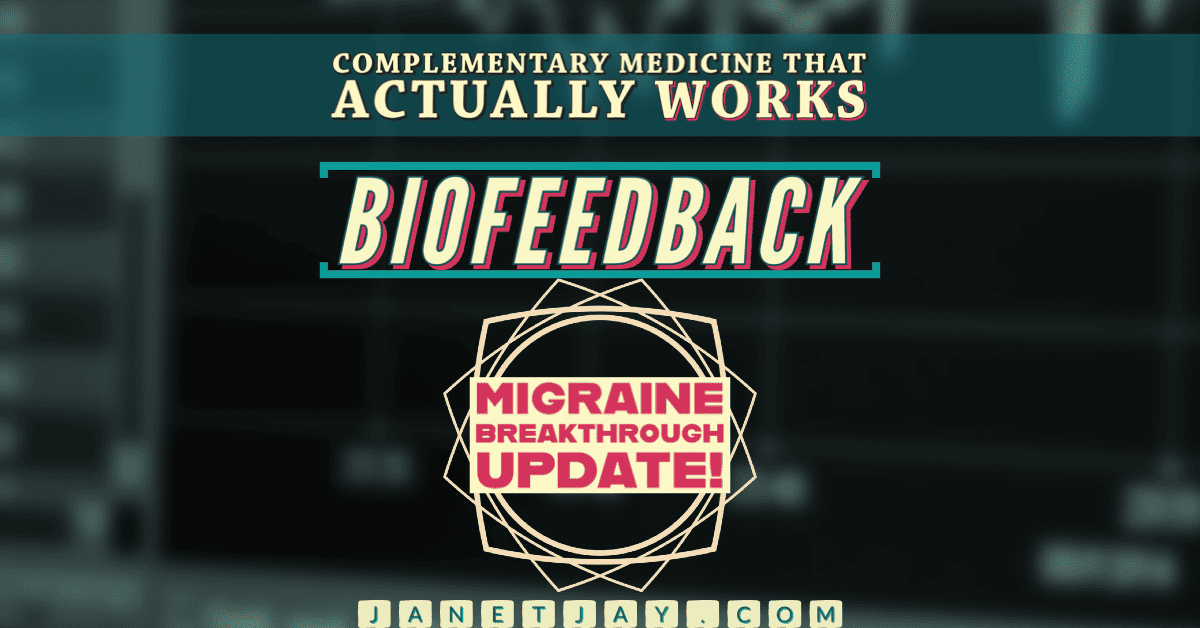
“Biofeedback” is today’s actually helpful complementary medicine for chronic pain
My pain started when I was 15: nobody knew what was wrong or how to fix it (I didn’t get a diagnosis or explanation for well over a decade), and soon we were grasping at straws. My mother, bless her, dragged me to everything she could think of to help me, even stuff like hypnosis that I wouldn’t have chosen for myself. Biofeedback was one of the only treatments that helped at all– and with the new research about its efficacy on chronic migraine, I’m even more excited about its possibilities to help people in pain.

Over the last 20 years, I’ve tried (and retried) many more options. Some of them–like biofeedback!– helped; most of them didn’t. The majority of complementary treatments I’ve tried have been an expensive way of pissing money away. But there ARE things that can really, truly help. Everyone is different, and pain is different. Therefore, I’m just going to share what helped me.
To skip to the migraine breakthrough update, click
here!
It was a huge surprise to discover how much biofeedback helped me. The idea sounds weird (to me, at least)– they hook you up to a fancy machine that measures stuff like your brain waves, skin temperature, muscle tension, heart rate, skin conduction and breathing, and then visualizes it. The idea behind biofeedback is that by being able to actually look at something that illustrates what’s going on right then in your body, you can use that (bio)feedback to help learn to regulate some of those processes that you’re not normally aware of but may be able to bring under voluntary control– and eventually, learn to do it on your own without the need of that visualization. As the Mayo Clinic put it, “In essence, biofeedback gives you the ability to practice new ways to control your body.”¹
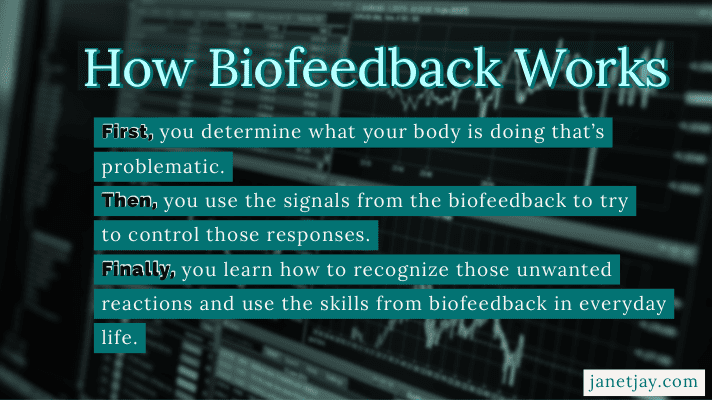
Does it really help? Science says yes.
In 2002, a task force formed to rank how effective biofeedback is for different disorders.² Biofeedback has evidence-based support for chronic pain conditions including migraines,³ tension headaches,4,5 temporomandibular joint pain,6 and is also used for non-cardiac chest pain,7 arthritic conditions,8 irritable bowel syndrome,9 Raynaud’s disease, and other chronic pain conditions.10 There is evidence biofeedback may help related problems such as insomnia and anxiety, but often demonstrates comparable gains to cognitive behavioral therapy for these conditions. Thus, biofeedback is often used in conjunction with other therapies such as physical therapy or cognitive behavioral therapy, mindfulness and meditation.11
— Institute for Chronic Pain, “What is Biofeedback?”
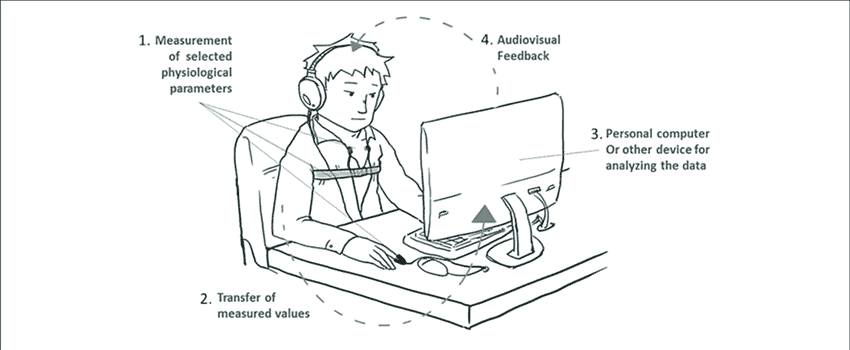
My experience with biofeedback
I generally have ridiculously tight muscles. In addition, I have a whole mess of depression and anxiety issues, which of course makes them clench up even more. At my first appointment, the practitioner started out asking me to consciously relax my muscles one by one, and gave me a couple of visualization exercises to try. I could see the indicators on the screen change as my muscles relaxed, and finally, what it looked like when they tensed back up as soon as I stopped focusing on them.
But it was the next part I found most helpful: after learning to address specific surface issues, the practitioner had me focus on deeper changes. It’s a deeply weird feeling to try to manipulate something deep in your brain and body and then subsequently see a corresponding reaction to it on the screen. And then you do that over and over, to learn what it feels like without the machine’s feedback and how to address it.
What Does It Actually Feel Like?
It’s really hard to explain. You’ll see a row of lights and the person you’re working with will say “see if you can get those lights to go down,” and you try thinking in different ways and all of a sudden, the light goes down. And then you know that thinking in that one particular way can help you. I don’t know any better way to describe it than that. But I came out of the experience with a toolkit that has really helped me try to keep my body under control.

Want to try biofeedback?
Firstly, ask your medical team if they can refer you to someone with experience as a biofeedback practitioner. Because state laws regulating biofeedback practitioners vary, many are licensed in another area of health care, such as psychology, nursing or physical therapy. So it’s crucial to find someone with training in biofeedback and experience treating your particular condition.

It’s also important to determine whether your health insurance will cover this option (many do not) before you plan your treatment plan.
The NIH page “Paying for Complementary and Integrated Health Approaches” has a ton of good info and in addition, offers sample questions for your insurance company and medical providers to help you determine and establish coverage.
A Caution on Woo
Biofeedback is supported by science but as it’s a relatively unlicensed field, training and treatment quality can vary hugely. Due to all those factors, it’s crucial that you do your research. But even when you choose the best options with the most experience, you may do your treatment at a location that offers other, less scientifically-supported treatments.
For instance, my second and most recent biofeedback experience was at a location that did stuff like reiki and aura work. One time the woman who was doing it had me lie down and all of a sudden, without asking, started trying to do “aura work” on me. (Again, if woo helps you, go for it: the placebo effect is a real thing, and science doesn’t know everything yet… but I’m pretty sure “aura work” is never going to be supported.)
Just remember: you’re paying to be there. Don’t be afraid to speak up and re-direct whatever’s going on.
MIGRAINE RESEARCH UPDATE!
In the couple years since I wrote this, a LOT has happened in this space, both research and innovation. I primarily want to relate the findings from a great article about new research into biofeedback and chronic migraine that came out of the 2022 American Academy of Neurology’s Annual Meeting.12
Researchers at the University of Washington already knew that behavioral health treatments like biofeedback reduce headache-related outcomes in episodic migraine by 35–55%, so they wanted to explore its efficacy with patients with chronic migraine, especially refractory cases (which is the medical term for “we’ve tried everything and nothing helps”). In order to do this, they executed a randomized, controlled, 12-week pilot study with 50 chronic migraine patients, over 2/3 of which fit the definition for “refractory migraine.”
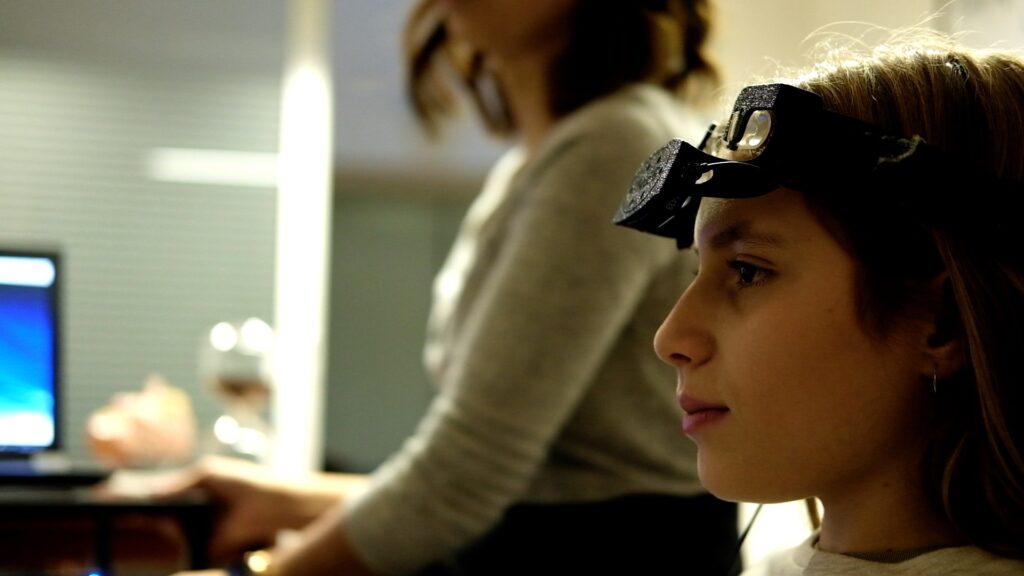
What they found was encouraging, to say the least:
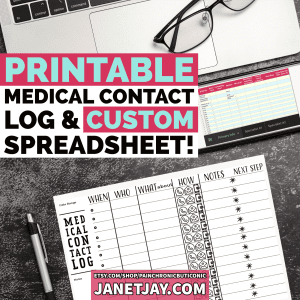
Frequent use of this biofeedback-VR therapy significantly decreased “acute medication use” among these chronic migraine patients. They studied other aspects of chronic pain too, like headache days, frequency of acute medication use, migraine-related disability, anxiety, depression, sleep disturbance, and catastrophizing. While the results for these categories didn’t rise to the level of statistical significance, “they trended toward improvement, suggesting that patients with chronic migraine may benefit from biofeedback-VR treatment,” according to the study abstract.
Basically, it’s non-invasive, no chemicals or meds, no side effects, and it may actually help!
Conclusion
More and more studies are coming out about the power our minds have over our bodies. Biofeedback is a way to “hack” that power, to focus it and make it work for you. The beauty is that once you learn the skills, you can use them as often as you want. Instead of a treatment like massage that helps for a short period of time, biofeedback teaches you techniques that can help you better manage your pain throughout your life. (In essence, it’s the whole “teach a man to fish” metaphor.) Some people find that in the long run, this practice allows them to do more and take fewer meds. For me, it’s just amazing that my brain finally knows the tricks to make my body listen.
For more information:
The Association for Applied Psychophysiology and Biofeedback
Western Association of Biofeedback and Neuroscience
International Society for Neurofeedback and Research
Biofeedback Certification International Alliance
Citations
- “Biofeedback,” Mayo Clinic, Feb. 06, 2019, https://www.mayoclinic.org/tests-procedures/biofeedback/about/pac-20384664
- La Vaque, T., Hammond, D., Trudeau, D., Monastra, V., Perry, J., Lehrer, P., Matheson, D., & Sherman, R. (2002) Template for developing guidelines for the evaluation of the clinical efficacy of psychophysiological interventions. Applied Psychophysiology and Biofeedback, 27(4): 273-281.
- Nestoriuc, Y., & Martin, A. (2007). Efficacy of biofeedback for migraine: A meta-analysis. Pain, 128(1-2): 111-127.
- Nestoriuc, Y., Marcin, A., Rief, W., & Adrasik, F. (2008). Biofeedback treatment for headache disorders: A comprehensive efficacy review. Applied Psychophysiology and Biofeedback, 33, 125-140.
- Nestoriuc, Y., Rief, W., & Martin, A. (2008). Meta-analysis of biofeedback for tension-type headache: Efficacy, specificity, and treatment moderators. Journal of Consulting and Clinical Psychology, 76(3): 379-396.
- Crider, A. & Glaros, A. (1999). A meta-analysis of EMG biofeedback treatment of temporomandibular disorders. Journal of Orofacial Pain, 13: 29-37.
- DeGuire, S., Gevritz, R., Hawkinson, D., & Dixon, K. (1996). Breathing retraining: A three-year follow-up study of treatment for hyperventilation syndrome and associated functional cardiac symptoms. Biofeedback and Self-Regulation, 21, 191-198.
- Dissanayake, R. k., & Bertouch, J.V. (2010). Psychosocial interventions as adjunct therapy for patients with rheumatoid arthritis: A systematic review. International Journal of Rheumatic Disease, 13(4), 324-334).
- Stern, M.J., Guiles, R. F., & Gevirtz, R. (2014). HRV biofeedback for pediatric irritable bowel syndrome and functional abdominal pain: A clinical replication series. Applied Psychophysiology and Biofeedback, 39(3-4), 287-291.
- Tan, G., Shaffer, R., Lyle, R., & Teo, I. (2016). Evidence-based practice in biofeedback and neurofeedback, 3rd edition. Association for Applied Psychophysiology and Biofeedback: Wheat Ridge, CO.
- Schoenberg, P. & David, A. (2014). Biofeedback for psychiatric disorders: a systematic review. Applied Psychophysiology and Biofeedback, 39(2): 109-35.
- Cuneo A, Yang R, Wang K, et al. Utility of a novel, combined biofeedback-virtual reality tool as add-on treatment for chronic migraine. Presented at: the 2022 AAN Annual Meeting; April 2-7, 2022; Seattle, Washington; April 24-26, 2022; Virtual Meeting. Abstract S31.009.
Pin this so you remember this page is here! Then check out my page about acupuncture, another kind of complementary medicine that actually works!
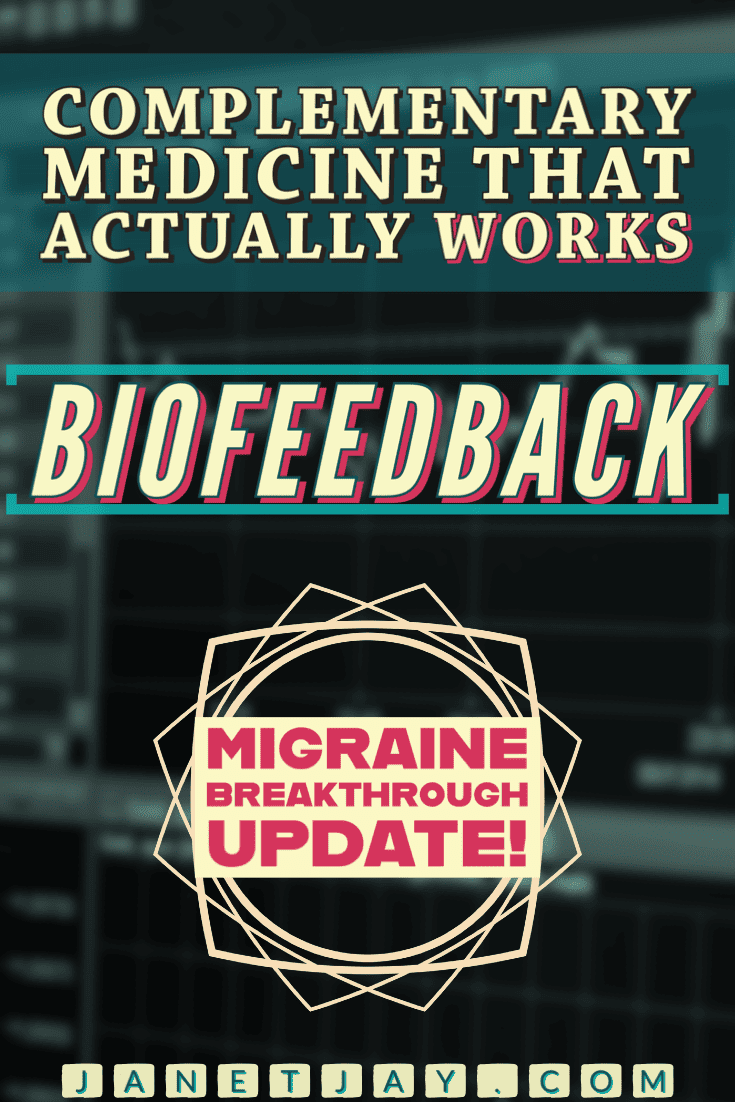



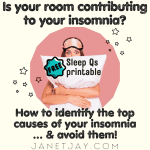
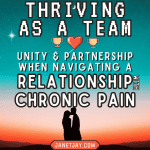


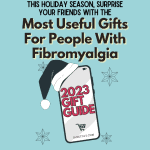




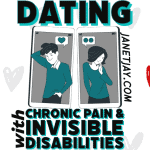
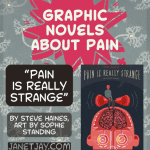





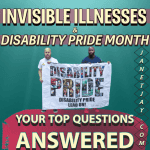
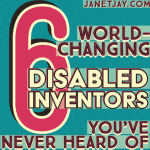

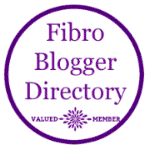
Leave a Reply